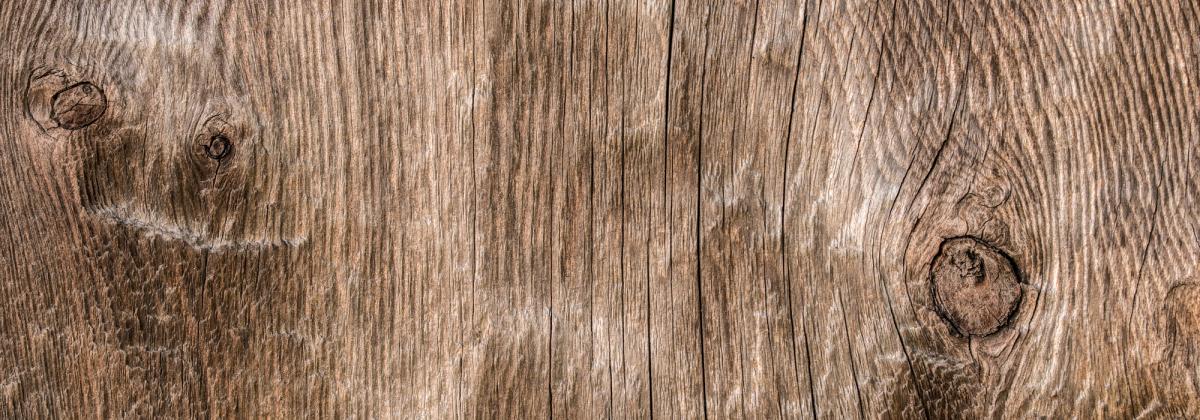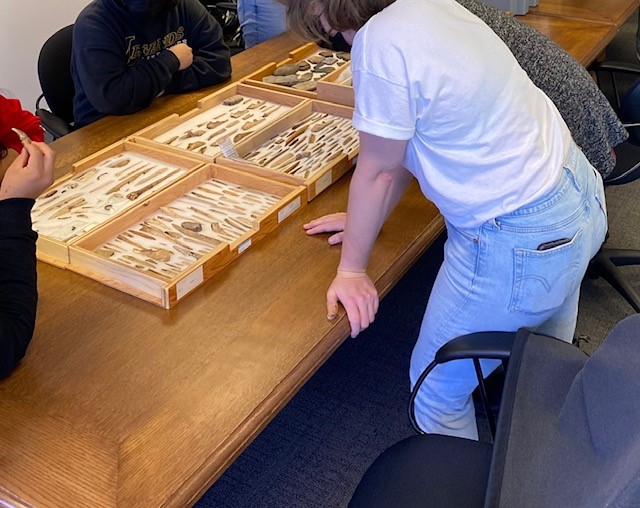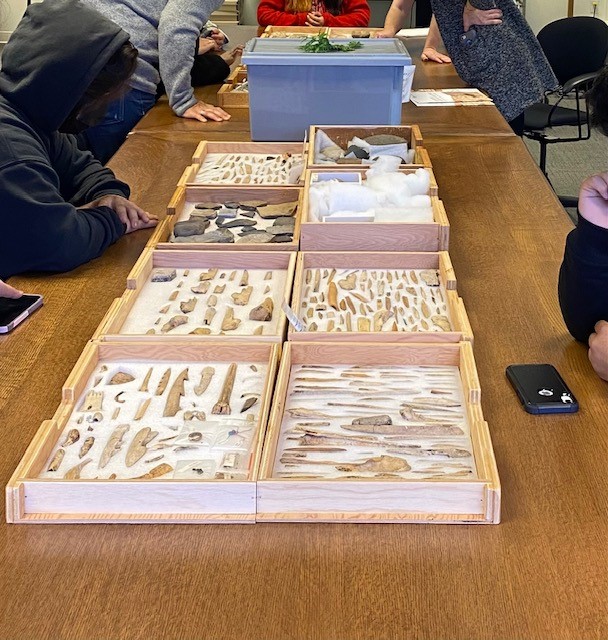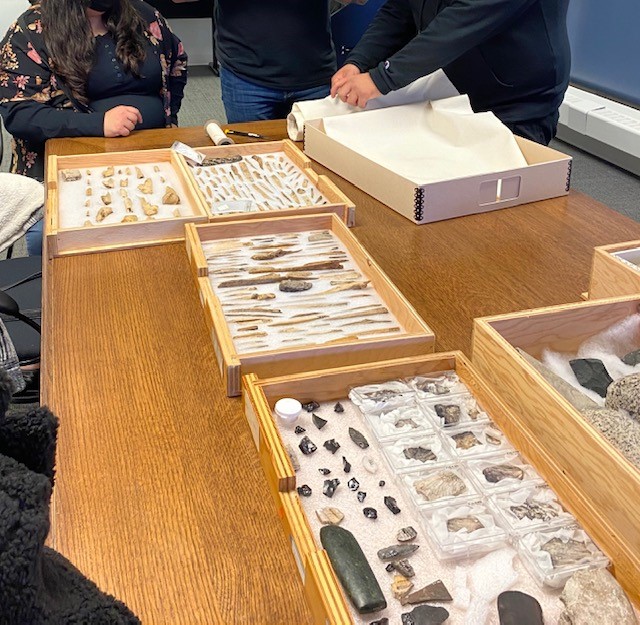
Modernization
Learn more about government’s intention to modernize the museum to protect our historic holdings and provide better access to our collections.

Students at Kitasoo Community School (KCS) in Klemtu, BC, understand firsthand that repatriating remains and artifacts involves healing – but that it isn’t always easy.

The Kitasoo Xai’xais Nation’s Resource Stewardship Authority made a repatriation request to the Royal British Columbia Museum on January 31, 2020 and repatriated 3 ancestors and 702 archaeological belongings on October 26, 2021 when descendants were traveling to southern Vancouver Island to tour prospective universities and colleges, offered to receive the artifacts and escort them home. RBCM also returned a cedar box and lid (1994 A,B) upon agreement from leadership at a later date. So in October, 2021, Vataiki drove the 500 km trek from Klemtu to Victoria with five grade 12 students and education assistant Leanne Robinson. The trip to the RBCM reinforced a profound intergenerational connection from the Kitasoo Xai’xais youth to their ancestors. “The process was quite long and arduous,” confirmed high school teacher, Kaprieli Vataiki, speaking to the length of time it took to retrieve hundreds of artifacts from the Royal British Columbia Museum as well as the challenge of getting them back in the first place.

At the RBCM, the students, Vataiki, and Duncan marveled at the collection of arrowheads, stone and bone tools, trade beads, and more. Led by archaeologist Dr. Genevieve Hill, the students set to work safely packing them up and transporting the ancestors’ remains and artifacts back to Klemtu, a 6-hour drive and 12-hour ferry ride away on the central coast. While the tone was jubilant, there was also an underlying sadness and they ensured these remains and artifacts gáx̌in̓ákv (come back home). “There are millions of artifacts still out there, but this is something,” said grade 12 student, Sylvia Robinson, always positive.
The high school grads said they appreciated being a part of the repatriation process but saw that decolonization was a lengthy, many-layered process. When summing it up, student, Ivan Robinson was both pragmatic and poetic: “It feels like we were bringing back parts of Klemtu, but returning these artifacts is like having pieces of our stolen land returned to us.”

The Kitasoo Xai’xais Nation has now completed this important work by putting the ancestors to rest where they were taken from. Under the guidance of the Chiefs, Matriarchs, and Elders Council, the students finished this work according to Kitasoo Xai’xais protocols and traditions. Hosting a community gathering at the bighouse for this occasion was a powerful moment for Kitasoo Xaixais Nation and a momentous moment for all involved. It was beautiful to witness our children pay respect to their ancestors. Following the gathering, seeing them laugh, sing, and play in our homelands as they returned the ancestors to the territory was a breath of fresh air. To see our children reclaiming our culture is powerful and this is just the beginning of welcoming home what is rightfully ours. The process of decolonization and reconciliation cut deeper than picking up bones and tools and provided a rare experiential learning opportunity and opportunity to make a real step towards reconciliation.